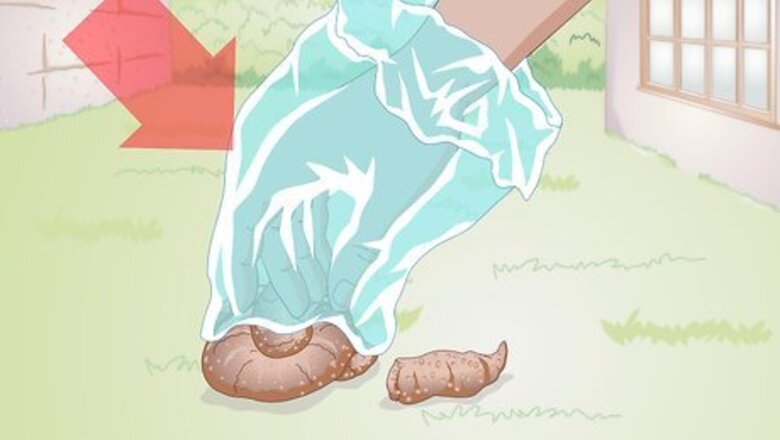
views
Collecting the Poop
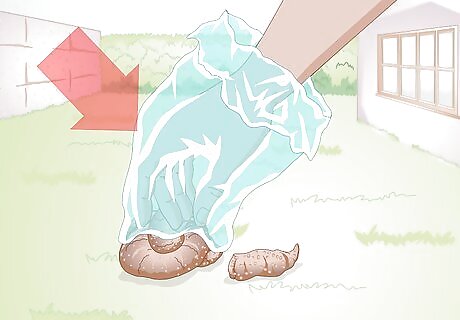
Bag it. There are specially designed dog poop pickup bags available from many pet stores, but you could also choose to be thrifty and simply use plastic grocery bags. Instead of just recycling them, set aside an appropriate number of bags after going grocery shopping and stash them under the sink or in another convenient location. You can pick up the poop directly with the bag by using it like a glove, then turning it inside out. Place your hand inside the bag, grasp the poo, then pull the sides down around it so that the former exterior of the bag is now wrapped around the poo. Tie it off and dispose of it appropriately. You could also wear disposable gloves and use a paper towel to pick up dog poo in your yard. Carefully pick the poo up with a paper towel, then drop the paper towel with the poo wrapped around it into the bag. This is the best option when picking up multiple waste deposits around your backyard. Save most or all the bags, as you should clean up your dog's poop daily. Fancy poo bags available at pet stores might have a pleasant scent to mask the poo. Wash your hands thoroughly after every dog waste collection session, even if you wore disposable gloves. This will reduce the potential for spreading germs.
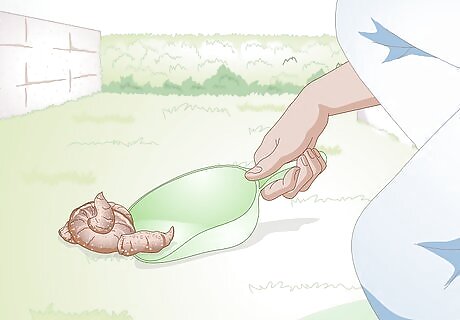
Use a pooper scooper. A pooper scooper is a device that helps you pick up dog poo. There are many varieties available, but the basic design consists of a small clamp or spade at the end of a handle that, when pulled, will close around the poop. You can then transfer the scooped waste into a bag for disposal. Some models have special bags that can attach directly to the pooper scooper, allowing you to deposit the poo directly into the bag without taking the extra step of putting the poo in the bag. Ensure the model you obtain can be used on concrete as well as grass. That way, you can take it outside of your backyard, should you wish. Pooper scoopers are readily available at your local pet store. Store your pooper scooper in your backyard or garage in a location where your pets and children will not access it. Spray it down or dunk it in disinfectant regularly to keep bacteria at bay.
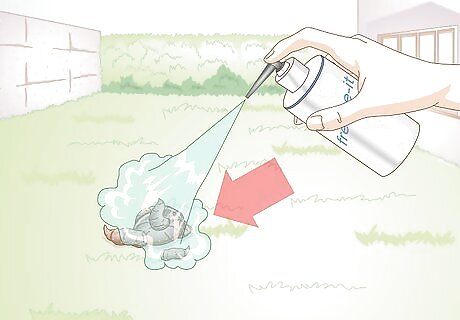
Get some freeze spray. Commercially available pet waste freezing agents made of aerosolized oxygen are available at many pet stores. These sprays are useful when collecting dog waste that is runny or softened due to rain. Simply hold the nozzle an inch or so from the poo, and give it a sustained spray of two or three seconds all over its surface. This will cause the poop to solidify, making pickup easier. If you're collecting the poo by hand, be sure to wait a few seconds after spraying before attempting to pick it up directly. Use manufacturer instructions when using freeze sprays.
Choosing When to Pick Up Dog Waste
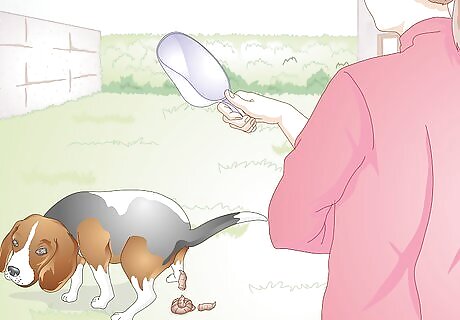
Remove the dog waste immediately. If you know for a fact that your dog has pooped, you could choose to go out immediately and collect it after your dog comes back inside. This is the best option for people with small yards or many dogs. Supervise your dog's outdoor time. This will give you a vantage point from which you can see whether or not your dog pooped. Otherwise, you'll have to work out where the poop is and collect it later. If you're in a hurry and cannot clear the poop away immediately, spray it with flying insect spray. The spray will kill flies all day and the eggs will not hatch. Collect the waste later or as part of a daily pick-up. Do not use insect spray on poop if you intend to let your dog out into the yard again before you clean up the waste you sprayed. If you have young children accessing the area, it's advisable to clean up dog waste immediately, or at least once daily.
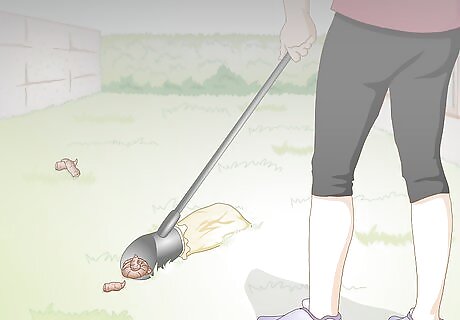
Clear the dog waste at the end of the day. Compared with monitoring your dog's potty time and picking up its poop each time it goes, cleaning up all your dog's poop once each day can save you time and effort. If you have just one dog, it probably won't poop more than once a day, so cleaning up at the beginning or end of the day is no big deal. This method requires you to locate the poop. Mentally subdivide your yard into strips one or two square meters wide. Start in one corner and proceed to walk down one such row of your yard, scanning the ground as you go. Once you walk the full length of a given row, turn around and walk down the row adjacent to it. When you see the poop, pick it up with a paper towel in your gloved hand and drop it in a plastic bag. Dispose of it in the garbage.
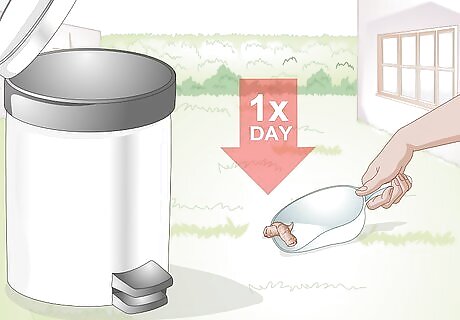
Pick up your dog's poo daily. If you clean the poop quickly, the parasitic eggs and larvae that may be hiding in your dog's poop won't have time to get into the soil and continue to grow and lay eggs. You should clean your dog's poop within 24 hours of its arrival in your backyard. Choose a time that is convenient for you. Try to do it at the same time every day, such as right after dinner or right after you walk the dog.
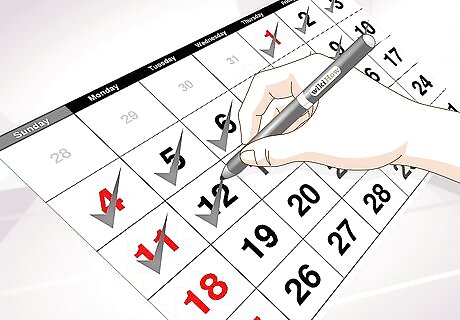
Create a regular cleaning schedule. Whether you choose to clean immediately or daily, stay committed to your plan. Dog poo can accrue quickly if not cleaned regularly. The size of the backyard and the number of dogs using it should be the main factors you consider when deciding how quickly and how often you clean your backyard. For both small and large yards, you should clean your dog's poop from your lawn daily. Always pick up dog waste during daylight. Nothing is more frustrating than walking around in the dark trying to locate dog poo. Even with a flashlight, the chances that you'll step in dog poo is too high. If you arrive home too late or rise too early, you might not have daylight. In this case, clean up dog waste from your backyard another day. Don't let yourself get locked into a yard cleaning schedule you can't keep.
Disposing of Dog Waste
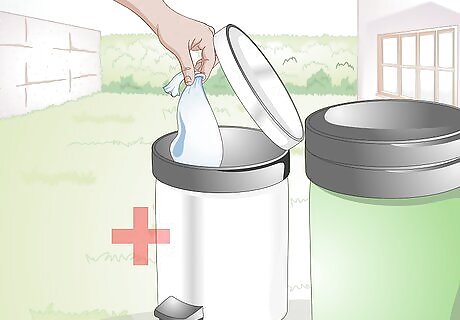
Consider getting a separate trash can. If your trash service collects the garbage infrequently, you might worry about it getting stinky with dog poo. Even when the poo is wrapped up in bags, the scent can be quite powerful, especially in the summer. You can solve this problem by investing in a smaller, separate trash can specifically for dog waste. Ensure it has a lid. Place a liner in it as you would with any other can, but leave it outside, and empty it into your larger trash bin when your trash collection service arrives. If your trash tends to be relatively stinky even without the addition of dog waste, there is little to be gained from utilizing a separate trash can just for dog waste. If you don't want to dispose of your bagged dog waste in a separate can, place it in your primary garbage bin (the big one that sits by the curb).

Install a pet waste digester. A pet waste digester is a device that breaks dog poo down into a safe, biodegradable liquid that is then absorbed by your yard. To use the device, simply drop the waste in the opening, add warm water, and add the digestive agent. The exact amount of water and digestive agent required depends on the pet waste digester model you have. Installation is relatively easy, but does require you to dig a shallow hole (usually about one cubic foot) in your yard. This allows the liquefied poo to release slowly into the yard without pooling onto the grass. Always follow manufacturer directions when using your pet waste digester.
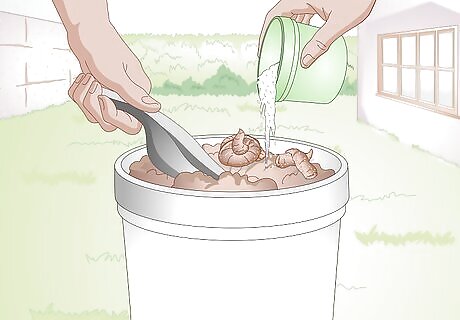
Turn your dog poo into fertilizer. In its natural state, dog poop is not a good fertilizer, as it contains harmful bacteria and (potentially) parasites. New technologies, however, allow you to ferment your dog poo using commercially available kits. The fermentation process will remove the toxic elements and leave behind nutrient-rich soil. The basic process involves mixing a fermentive accelerant, a dry mix, and water in specific amounts, then adding poo to a small bucket. After the bucket is full, dig a small hole in your yard and poor the mixture in. Cover with soil. After about two weeks, the poo will be completely transformed to healthy soil. Pet waste fermenting systems are available in a few stores on the west coast, but can be easily ordered online. Don't use dog poo fertilizer on plants that are intended for human consumption.

Be cautious when flushing your dog waste down the toilet. Many cities ban pet waste in human toilets since waste water systems cannot properly process it. It's best to err on the side of caution and put your dog poo in the garbage. Alternately, if you want to do some investigating, contact your local Department of Health or Municipal Waste Department and find out if it is possible to flush dog poop down the toilet. If your local waste water system allows pet poop, you could use flushable poop bags. These bags are specially designed to break down when they come in contact with water.










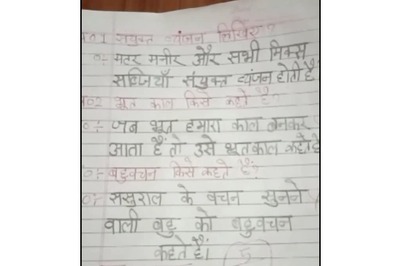


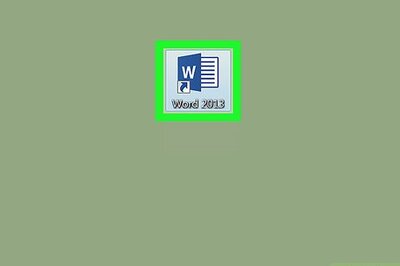

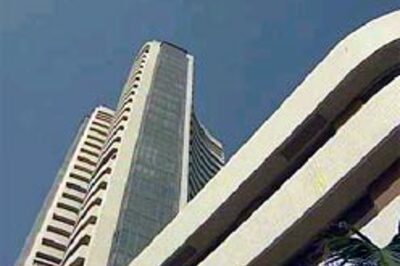
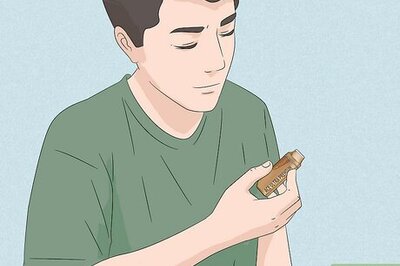



Comments
0 comment